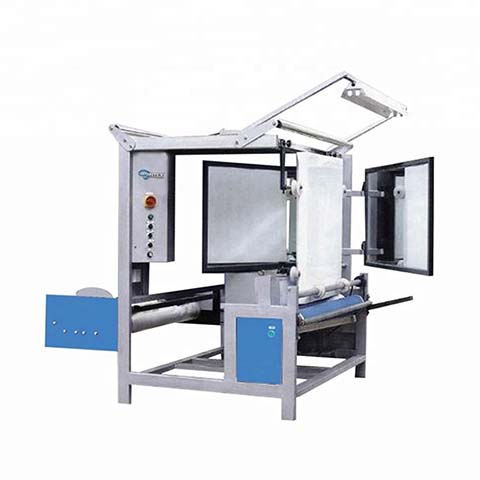The ongoing floods that have affected 77 upazilas across 11 districts of Bangladesh have severely disrupted the readymade garment (RMG) industry, with exporters facing severe logistical challenges. The floods have completely cut off Chittagong from the rest of the country, leading to a backlog of containers and raising concerns about whether exports can be completed on time.
Despite these difficulties, the RMG industry remains focused on maintaining its global competitiveness. Industry leaders are hopeful that government support and strategic planning will help them weather the current crisis and continue to meet export demand.
Despite a slight decline in the global apparel market, Bangladesh remains the world's second-largest garment exporter, with the RMG industry accounting for 84.58% of the country's total export revenue in fiscal 2022-23. The industry's determination to remain globally competitive is evident even in the face of natural disasters.
As the industry is going through this difficult period, the concerted efforts of RMG exporters, industry associations and government agencies are crucial to ensure that Bangladesh continues to thrive on the international stage.
Following the completion of tubular fabric production, a meticulous inspection phase ensues to ensure uncompromised quality and to identify any potential defects or flaws. This is where the invaluable tubular fabric inspection machine assumes a vital role. Specifically engineered for this purpose, the inspection machine meticulously scrutinizes the entire fabric tube's surface, diligently detecting and categorizing any imperfections that could impact its aesthetic appeal or functional performance.
Tubular Fabric Inspection Machine

The tubular fabric inspection machine typically comprises a conveyance system that transports the fabric through the inspection zone. A light source illuminates the fabric, enabling the machine's sensors and cameras to capture intricate images of its surface. Cutting-edge imaging technology, such as high-resolution cameras and computer vision algorithms, is employed to scrutinize the fabric's attributes and discern any imperfections.
Throughout the inspection process, the fabric undergoes various assessments, including:
lDefect detection: The inspection machine scrutinizes the fabric for anomalies like punctures, dropped stitches, snags, or deviations in color or pattern. Computer vision algorithms can compare the fabric against a reference sample or predefined criteria to ascertain its compliance with quality standards.
lFabric consistency: The machine examines the fabric to ensure uniform properties, such as weight, thickness, or density, along its entire length. Discrepancies in these areas may indicate irregularities in the manufacturing process.
lStructural integrity: The inspection machine evaluates the fabric's strength and durability by identifying weak or damaged regions that may compromise its performance or lifespan.
lPrint inspection (if applicable): If the tubular fabric features printed designs or patterns, the inspection machine can verify the precision and quality of the printing, ensuring proper alignment without smudging or fading.
lRoll length measurement: The machine precisely measures the length of the fabric roll, providing accurate data for inventory management and production planning.
Once the inspection is complete, the machine can automatically sort the fabric based on its quality. Defective or substandard fabric can be marked, cut, or separated from the rest of the roll, ensuring that only high-quality fabric is used for further processing or shipment to customers.
Overall, tubular fabric inspection machines play a crucial role in maintaining quality control and optimizing production efficiency. By detecting and removing defective fabric early in the manufacturing process, these machines help minimize waste, reduce production costs, and ensure customer satisfaction with the final product.
Bangladesh’s garment industry has a rich history of overcoming challenges and adapting to changing conditions. Going forward, the industry can reduce its reliance on imports and establish a more sustainable foundation by investing in local production, exploring alternative financing mechanisms, leveraging technological advances and promoting imports to its customers.
SUNTECH Textile Machinery has the range of products encompasses almost all fabric types, including but not limited to pinking machine, loom machine, weaving machine, beam truck, fabric cutting machine, motorized beam trolley, beam storage, and fabric inspection machine. SUNTECH Textile Machinery continues to lead the textile industry with our innovative approach and extensive experience. Welcome quotes and cooperation opportunities from you!




